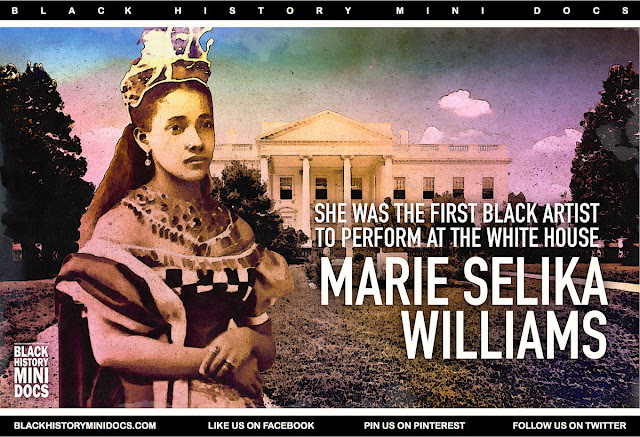Tina Maria Dunkley at the Wilmer Jennings Gallery 1/16-3/16

Tina Maria Dunkley (photo credit: Jerry Siegel) The Wilmer Jennings Gallery at Kenkeleba (219 E. 2nd Street in Manhattan) is presenting a wonderful exhibit titled "Sanctuary for the 'Internal Enemy': An Ancestral Odyssey" by artist Tina Maria Dunkley from now until March 16th. In this multimedia solo exhibition, Tina Maria Dunkley traces her maternal Trinidadian ancestry to the War of 1812. "Aunt Jemima Laments Leaving Plantation" (2018) In her artist's statement titled "...On the Battlefield till I Die," Tina Maria Dunkley wrote: "From the moment I learned about the maroon societies in the Western Hemisphere, their narratives of courageous resolve to overcome their oppressors captivated my attention. From the exhibition "Sanctuary for the 'Internal Enemy'" "The Great Dismal Swamp of Virginia, Nanny of the maroons in Jamaica, the Haitian revolutionaries, and the hundreds of thousand...

